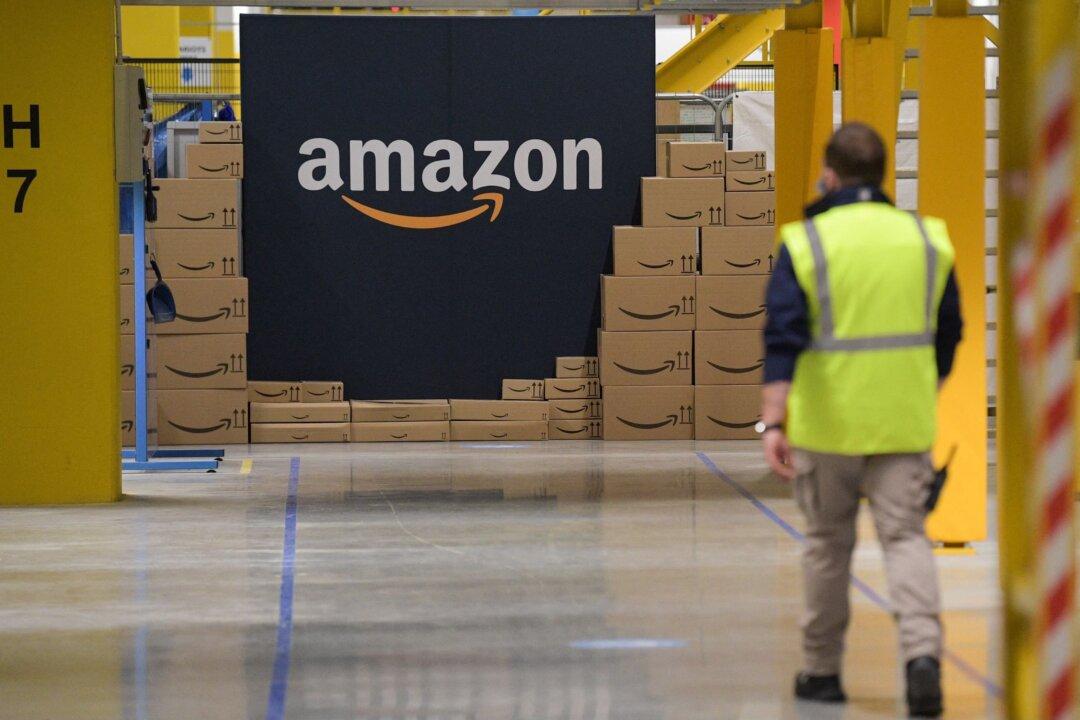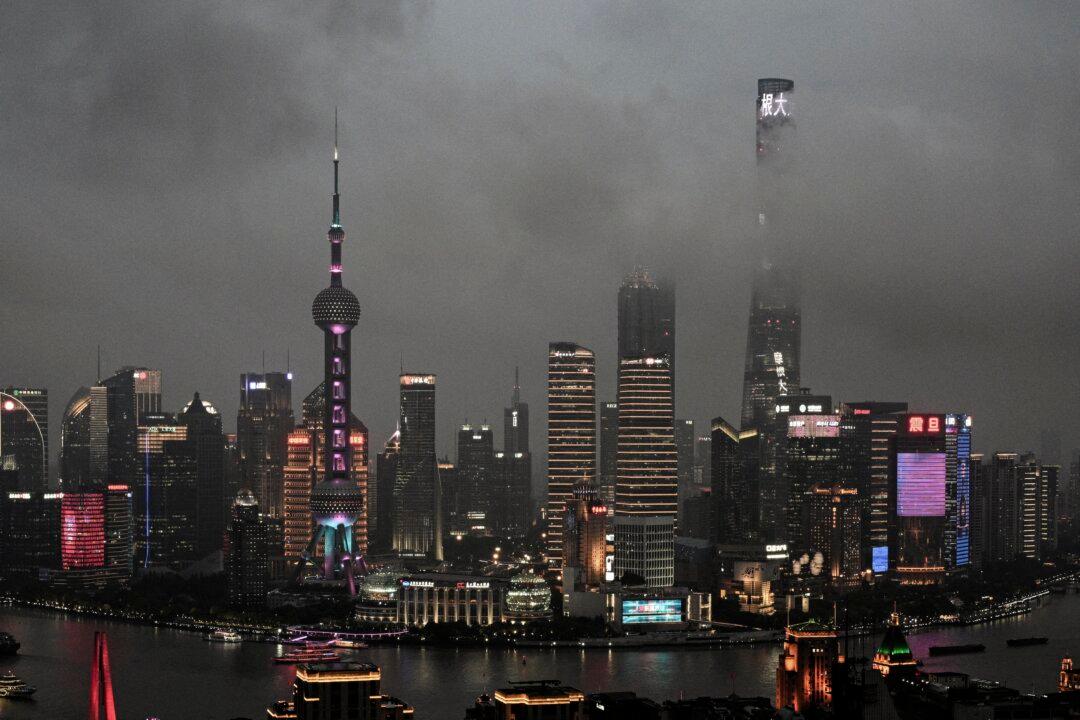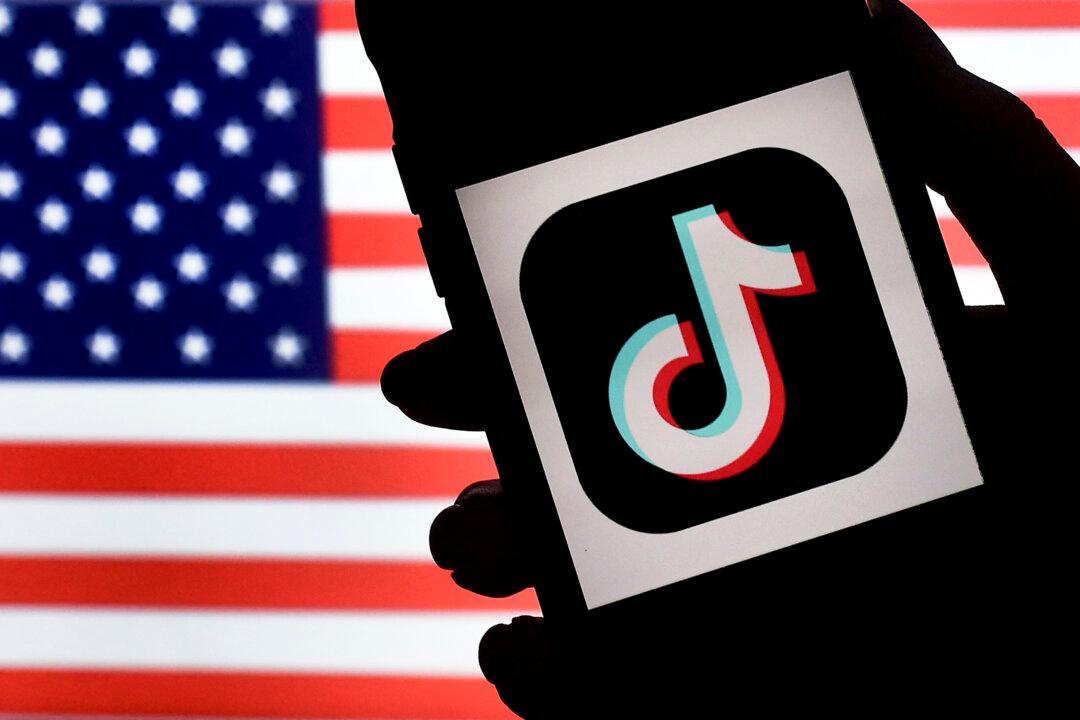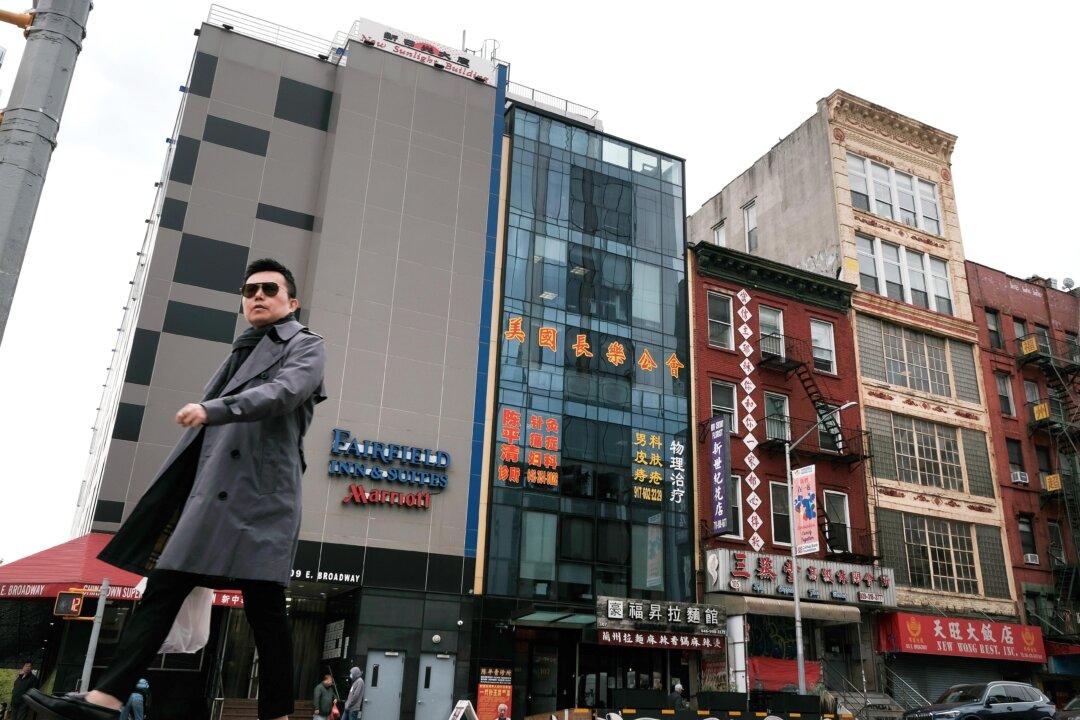Amazon created a secret algorithm that helped the e-commerce giant generate an extra $1 billion dollars, the U.S. Federal Trade Commission (FTC) alleged in a new court filing on Nov. 2.
In September, the FTC and 17 states filed an antitrust lawsuit against Amazon, but many details were withheld until Nov. 2, when a version of the lawsuit with fewer redactions was made public in the U.S. District Court in Seattle.




